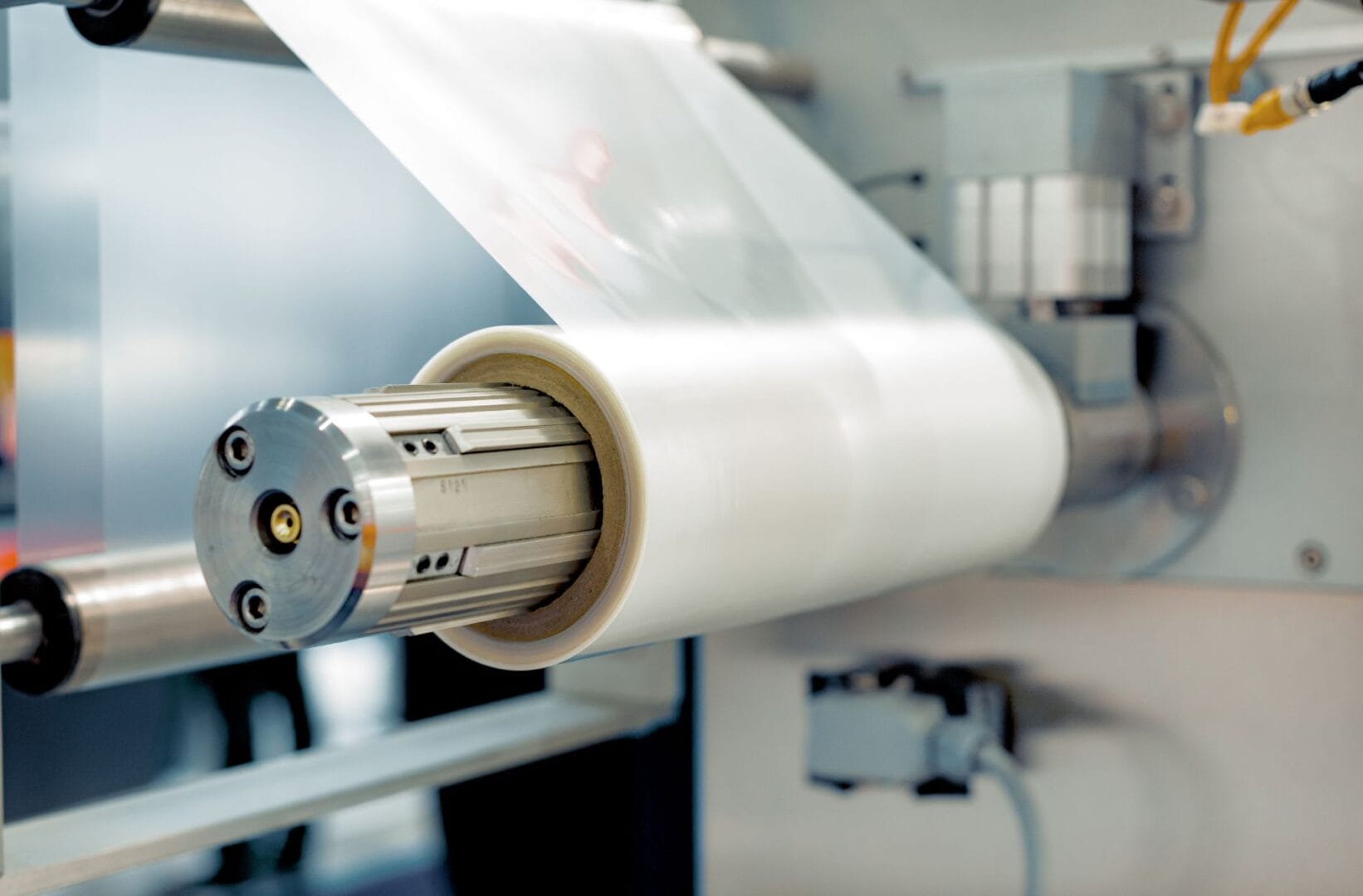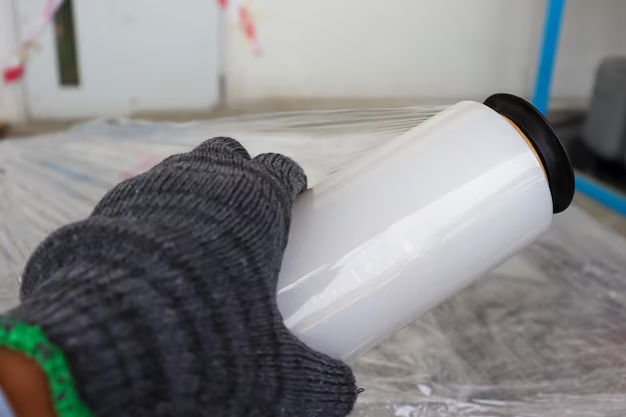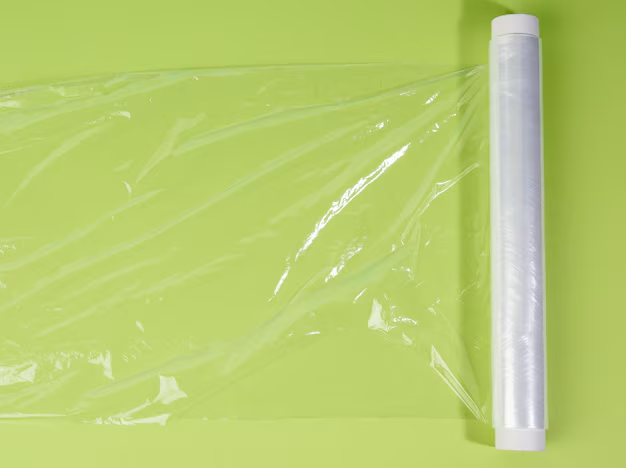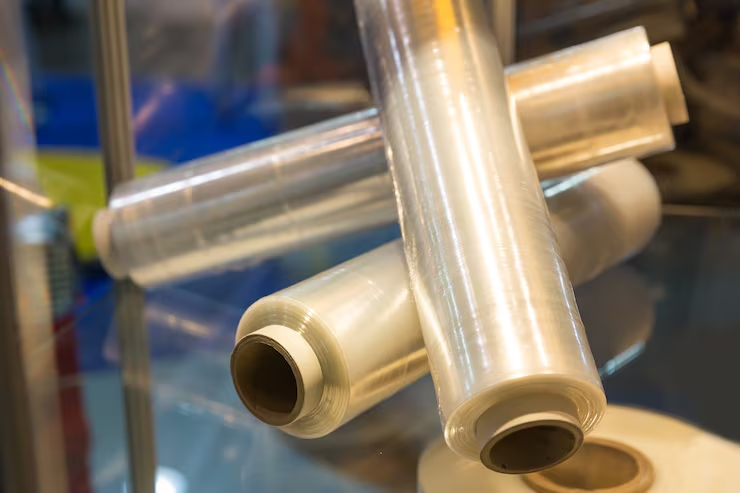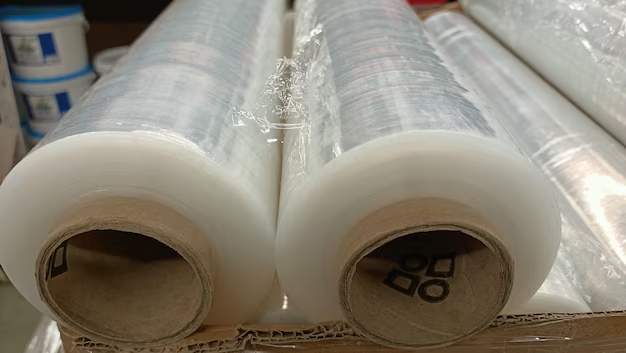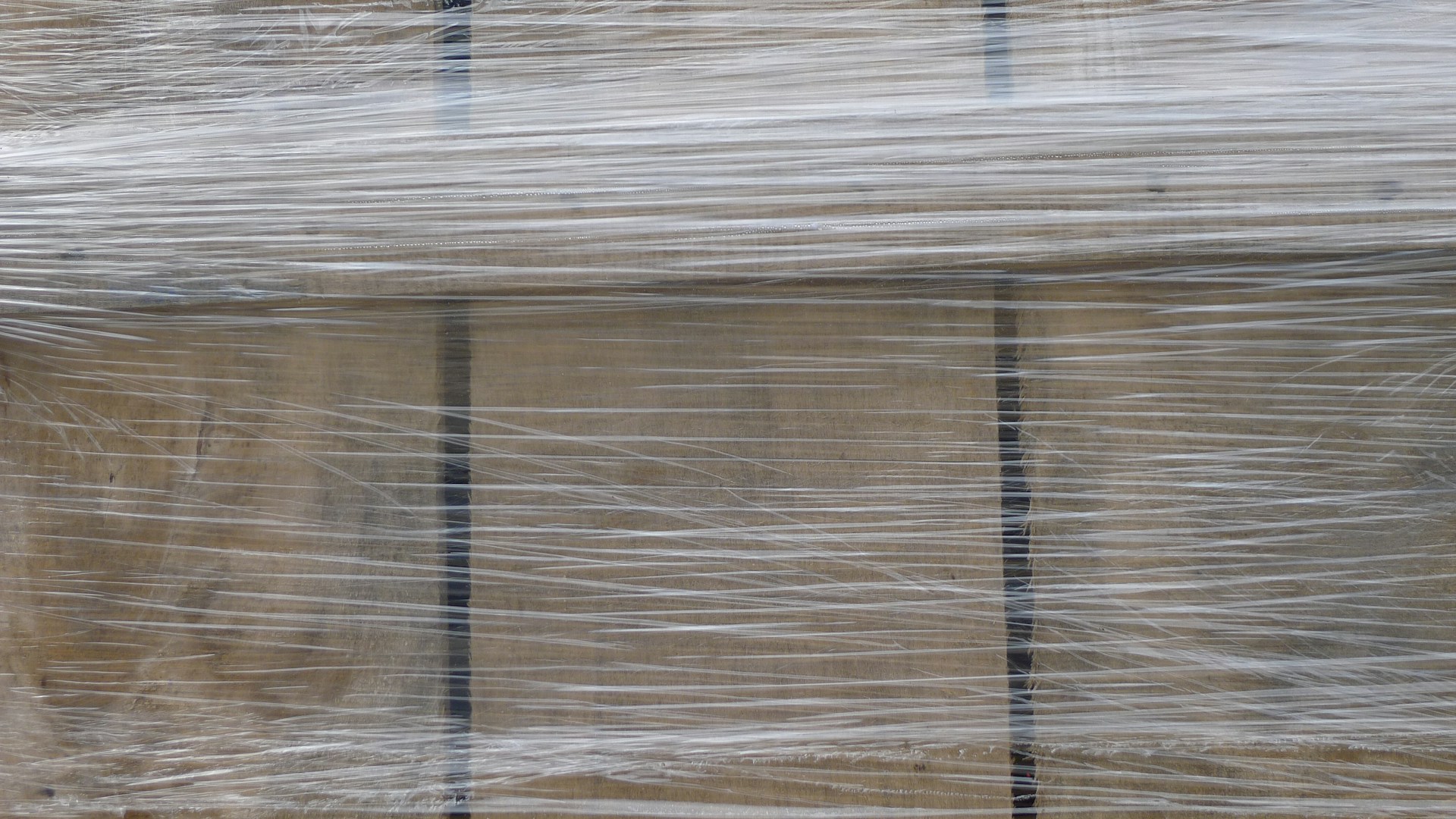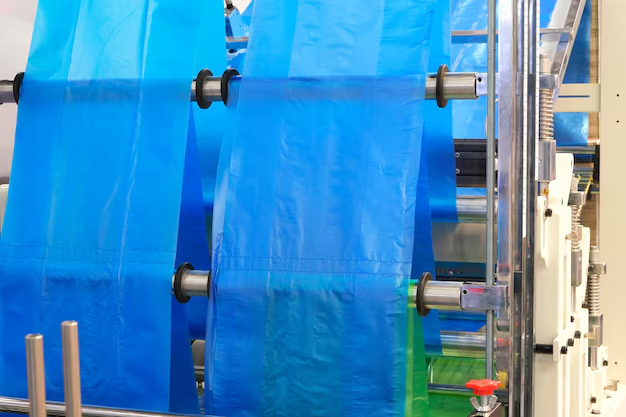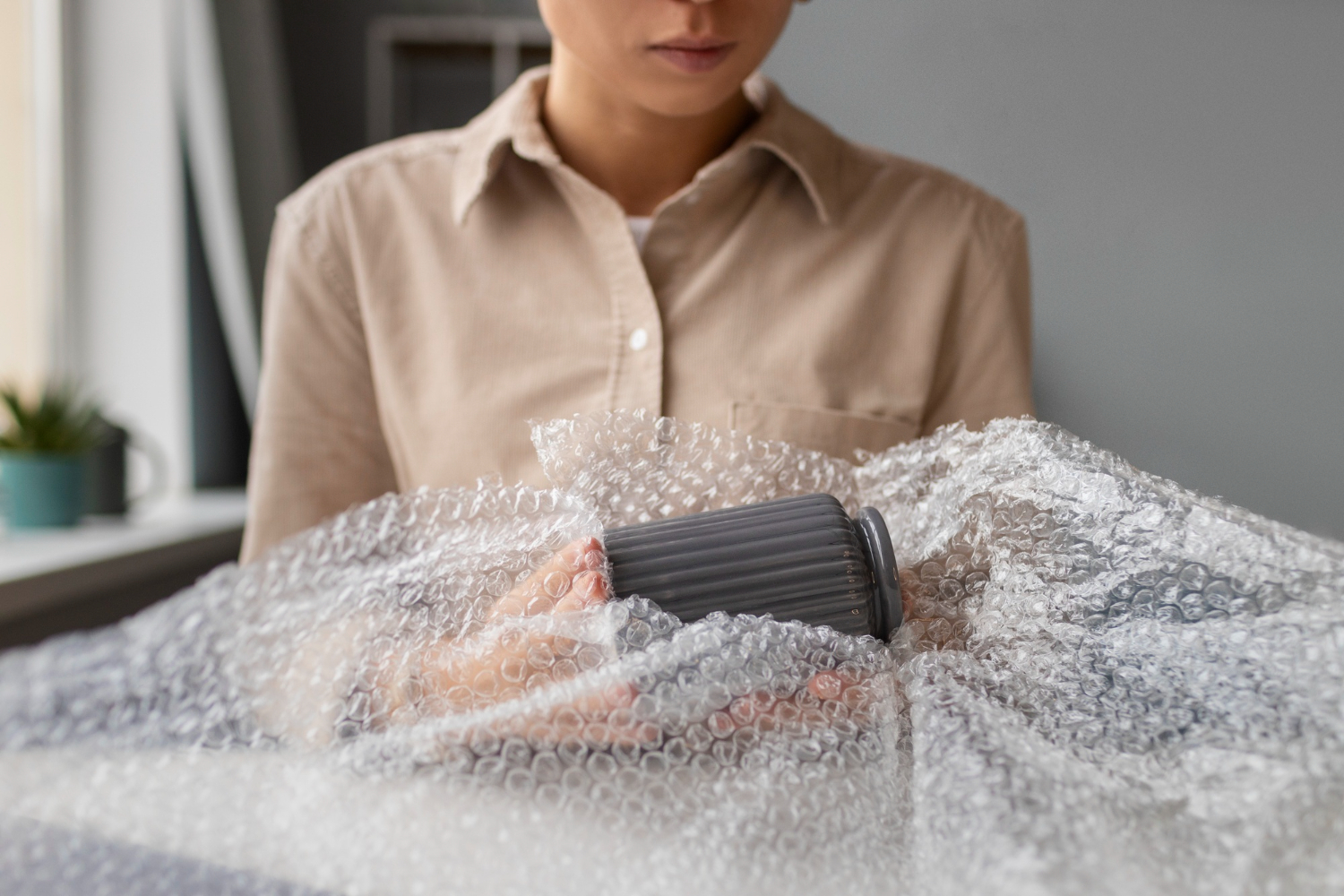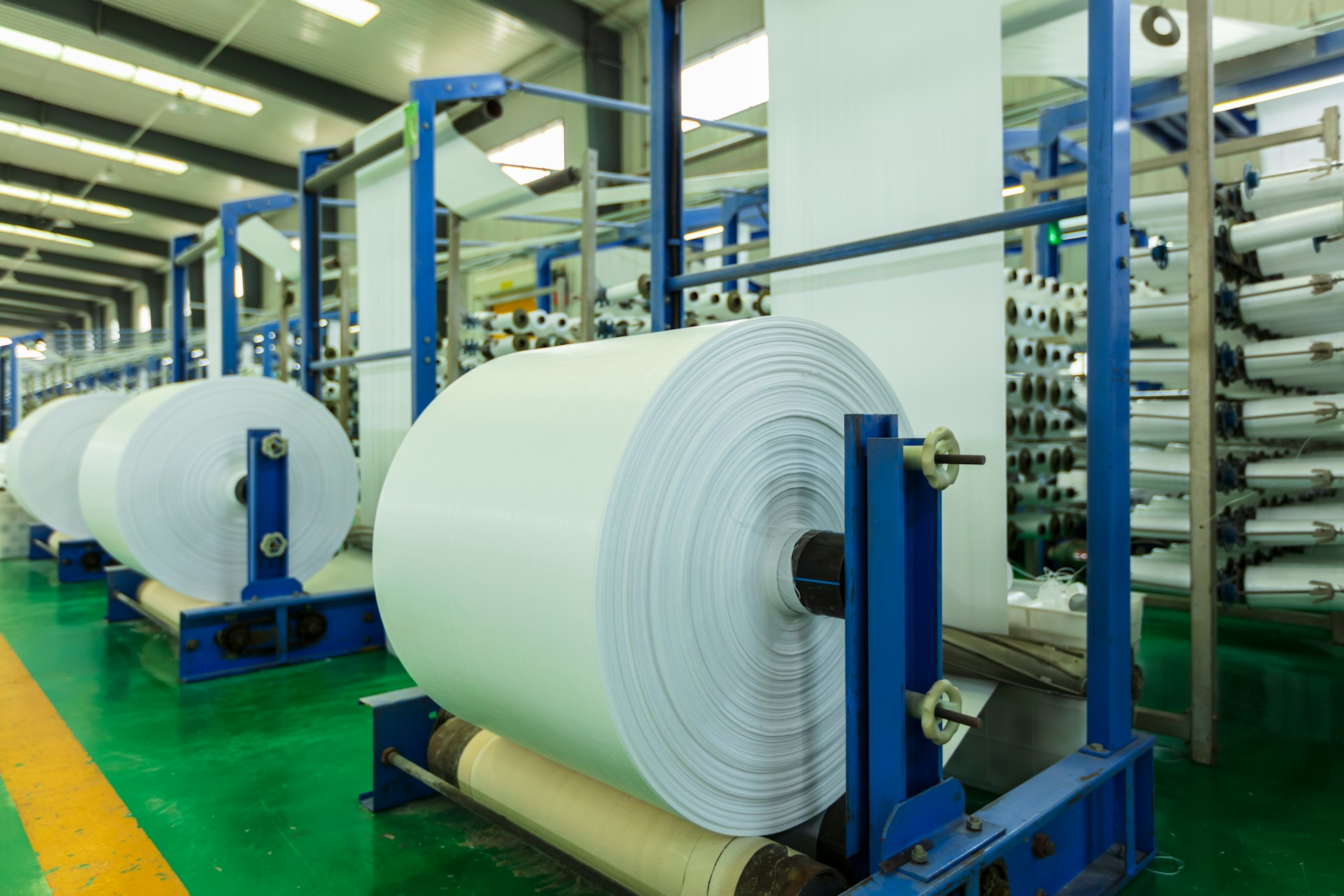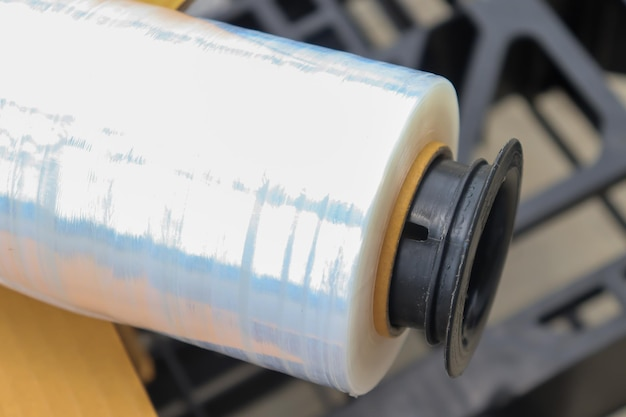Lamination film might not be something you think about every day, but it plays a big role in how products are packaged and presented. This film is a protective layer commonly applied to packaging materials, enhancing their appearance and durability. Where have you seen it? Think about the glossy magazines or your favorite snack’s shiny packaging—lamination adds that extra touch to make these items stand out. Beyond aesthetics, lamination film safeguards products from the ups and downs they face from production to point-of-sale, offering a shield against moisture, scratches, and other potential damages.
Lamination is favored across various products due to its advantages. It’s almost like putting a protective coat over your belongings, ensuring they stay in the best condition possible for as long as needed. This protective quality makes it an essential part of industries that prioritize longevity and a premium look and feel in their products.
Pros of Lamination Film
Lamination film really shines when it comes to providing benefits that enhance both appearance and function. Here’s a closer look at its advantages:
– Protection: One of the top benefits is how it shields packaging from moisture and physical damage. Imagine leaving a favorite book out during a rainy day. Without a protective cover, it could get ruined. Lamination offers similar protection for products, making sure they remain fresh and appealing.
– Enhanced Appearance: The gloss or matte finish of lamination film can make simple packaging look upscale and eye-catching. It’s like wearing a polished pair of shoes that elevates an entire outfit.
– Durability: Adding lamination film can significantly increase the lifespan of packaging. This durability ensures that products remain protected throughout their journey—from warehouses to store shelves and, finally, to customers’ hands. It’s the peace of mind of knowing things will hold up, no matter the journey.
– Variety: Laminates come in different finishes and types, allowing customization according to the specific needs of a product. Whether aiming for a high-gloss look or a soft-touch matte feel, there’s a lamination option that fits the bill perfectly.
With these benefits, it’s clear why so many industries rely on lamination film to enhance their packaging game. While this option has many advantages, understanding its downsides is equally essential to making an informed choice.
Cons of Lamination Film
Despite all of its positives, lamination film isn’t without its downsides. One significant concern is its environmental impact. Some laminates aren’t easily recyclable, which means they could contribute to waste if not disposed of correctly. This limitation raises questions for brands and consumers aiming to reduce environmental harm. It’s like choosing between a disposable product and one you can reuse—lamination sometimes falls into the less-friendly category.
Cost is another factor to consider. Lamination can be pricier compared to other packaging films. For smaller businesses or those with tight budgets, this added expense might not be feasible, especially if the products being packaged don’t require the level of protection lamination offers. It’s similar to weighing the need for a luxury item when a simpler option might suffice.
Lastly, the application process of lamination requires specific machinery and expertise. This complexity can lead to higher operational costs or the need for outsourcing, which can be a barrier for small-scale operations or those new to the packaging scene. It involves more than just a quick decision; it requires proper planning and resources.
When to Use Lamination Film
Lamination film works best when its benefits clearly outweigh the cons. Products that demand a high level of protection or those designed to stand out on shelves might be perfect matches for lamination. Products like cosmetics, high-end foods, or luxury goods often benefit greatly from a glossy finish, as they require an extra touch of sophistication.
For instance, in the food industry, items vulnerable to humidity or contamination need that reliable moisture barrier. By selecting the right type of lamination, such as moisture-resistant options, these products stay fresh longer. Additionally, businesses aiming to project a high-end brand image might see lamination as a way to enhance visual appeal.
Industries producing delicate or valuable items, like electronics or fashion accessories, are also prime candidates. Here, lamination offers both a practical defense and a means to elevate aesthetic value. In these cases, the added expense and operational effort make sense, as they provide real value back to the product and brand image.
Alternatives to Lamination Film
There are situations where alternative packaging solutions might be more appropriate. For those concerned about sustainability, films made from biodegradable materials could serve as an attractive substitute. These options are becoming more common as consumers and businesses move toward eco-friendly choices.
Other solutions include simple protective coatings or sealants that still offer protection yet without the environmental drawbacks of lamination. In instances where budget constraints are significant, businesses might prioritize simpler materials that adequately protect products without the added costs of fancy finishes.
Making the Right Choice for Your Packaging
Choosing the best packaging solution involves balancing your needs with the characteristics of each option. It’s a bit like selecting the right outfit for different occasions—sometimes you need a full suit, and other times just a casual shirt will do.
When considering lamination film, it’s important to examine factors such as product type, budget, and sustainability goals. Ask questions about what your products truly need to succeed both in terms of protection and appearance. Reflecting on both the pros and the cons will guide you in striking the right balance.
Evaluating all options can also uncover opportunities to implement innovative practices that satisfy customer preferences and align with your brand identity. Making these informed choices helps ensure packaging not only serves its functional purpose but also supports your broader business ethos and goals.
Considering what lamination film can offer and the points to weigh, making the right choice for packaging solutions becomes essential. Whether you seek enhanced protection, aesthetic appeal, or a balance between functionality and cost, these factors will guide your decision-making process. Interested in exploring how lamination film can meet your unique packaging needs? Let Markley and Associates help you discover options that align with your goals and ensure both quality and satisfaction.
